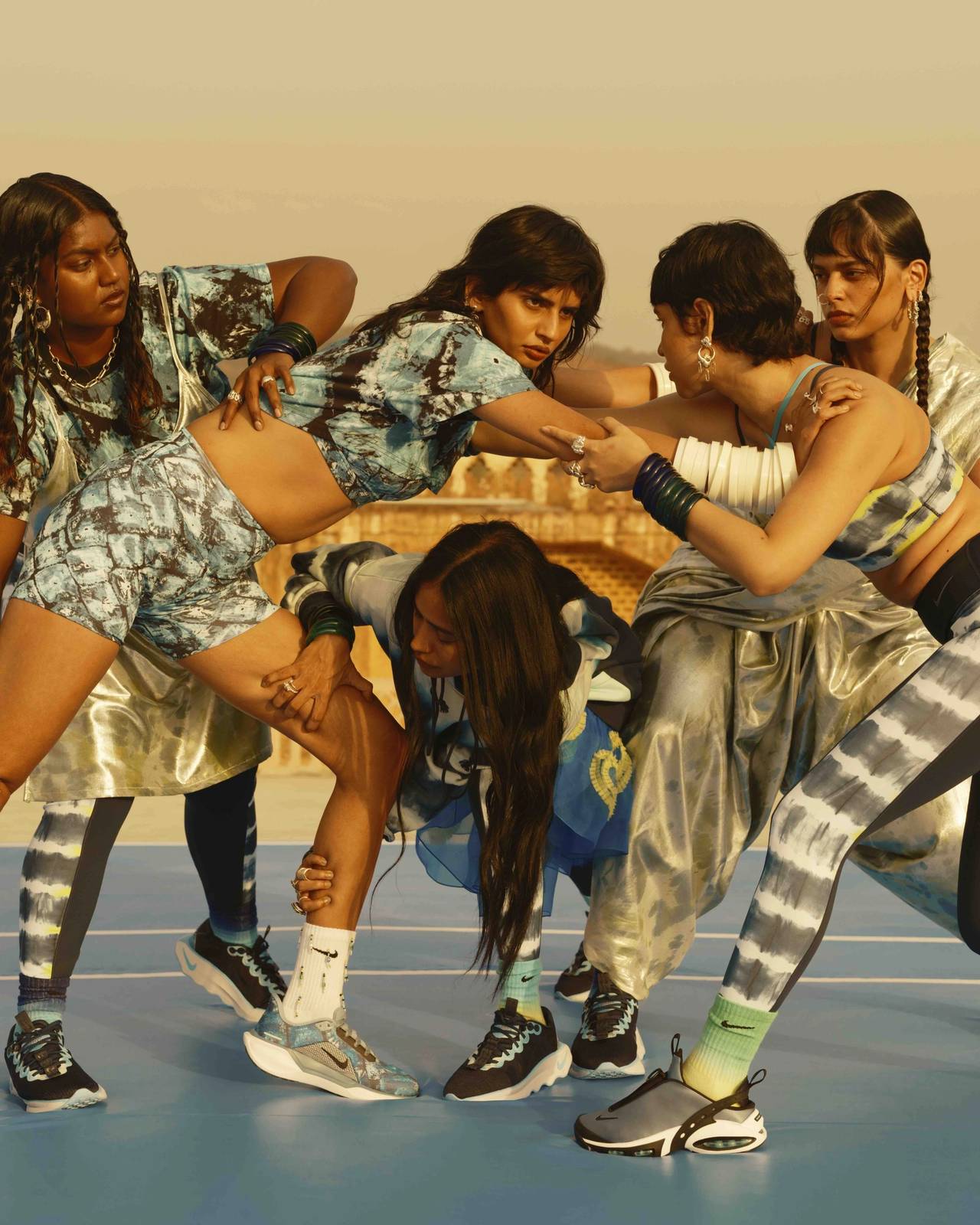This was supposed to be a landmark moment — not just for NorBlack NorWhite, the homegrown label at the centre of it, but also for India’s entire streetwear scene. For decades, India has existed on the margins of the global fashion conversation, always admired from afar for its craftsmanship and creativity, yet rarely invited to take the lead. Despite a vast design vocabulary and an endlessly inventive visual culture, India has never quite claimed a space in the global spotlight when it comes to fashion-forward collaborations.
So, when Nike announced its first-ever partnership with an Indian brand, anticipation surged. It felt like a long overdue acknowledgement of India’s global design potential, a chance to blend Nike’s universal language of sport and street with India’s cultural depth, visual complexity, and fearless aesthetic.
The expectations? Boldness. Storytelling. Identity. Fans hope for a drop that celebrates India’s kaleidoscopic energy, its chaotic beauty, youth-driven creativity — all tied together with edge, intention, and impact. But what we got instead felt surprisingly… safe.
What arrived from this collection felt like a missed opportunity. The designs were so minimalist they veered into forgettable. With safe silhouettes, muted palettes, and restrained detailing, there was little that sparked visual interest, let alone cultural storytelling. It felt more like a capsule drop designed to tick boxes than a creative breakthrough meant to push boundaries. There was no new narrative, no fresh visual language. The merge of Indian and Western design didn’t feel intentional or layered — just surface level, lacking any real fusion or friction.
What made it especially disappointing is that NorBlack NorWhite is the label known for championing Indian craftsmanship, from hand-tied bandhani to playful prints and saturated textures. But here, the garments were made in Singapore, and the bandhani was printed rather than handcrafted. It raises the question about the authenticity of what is being sold as cultural representation. What makes NBNW’s work distinctive is its maximalist identity and artisanal integrity, but this was noticeably missing. The result? A collection that did not feel rooted in India, nor meaningfully global.
When compared to Nike’s past collaborations — like Patta in Amsterdam or Ambush in Tokyo — the contrast is glaring. These collections leaned deeply into local narratives and came out confident, context-rich, and unmistakably bold. In contrast, this drop felt caught between trying to reflect Indian identity and trying to stay with Nike’s core aesthetic — ultimately diluting both. It lands in an awkward middle, neither fully here nor there.
This leads to a larger, more uncomfortable question: Was this truly a platform for Indian creativity or just symbolic inclusion? Are Indian designers still expected to tone down their visual language to fit a global mould? The drop stops short of embracing what Indian fashion does best — chaos, colour, storytelling, and maximalism. This could have been a vivid cultural mashup. Instead, it reads as a cautious design compromise. There was real potential to use regional typography, textile innovation, and all local visual cues, but those threads were left untouched.
So while the collaboration may be historically significant as Nike’s first with an Indian label, its execution lacked the boldness, complexity, and originality this moment deserved.
The only positive of this is that this may not be the peak, but it is the beginning, and beginnings matter. While the collection didn’t quite deliver on its promise, it still marks a quiet but important shift: India is starting to be seen not just as a market, but as a creative force with a point of view. That recognition, although imperfect, is a step forward.
What comes next matters more. Indian design must be more than a surface-level reference — it deserves depth, texture, and unapologetic presence. Audiences are ready for Indian aesthetics to not just be included but amplified. To breathe. To scream. To take up space in global collaborations. This collab had the right start in theory — the visibility, the momentum, the anticipation. Now we need the finish that matches the energy of the run.





发表回复